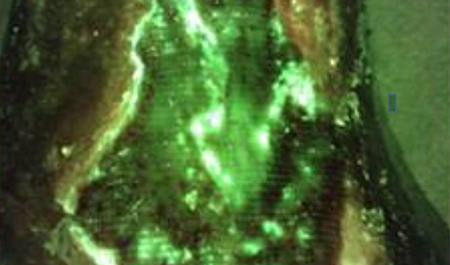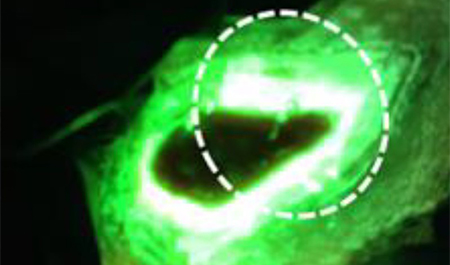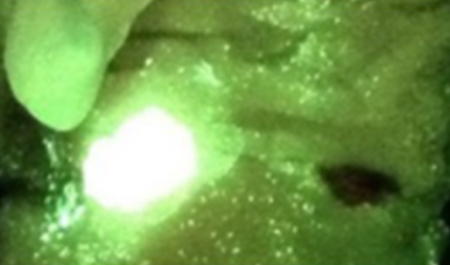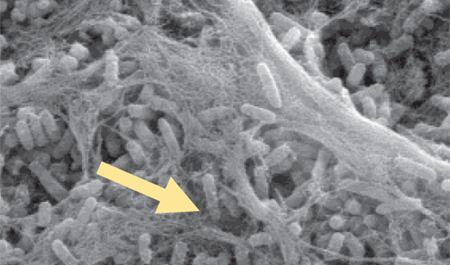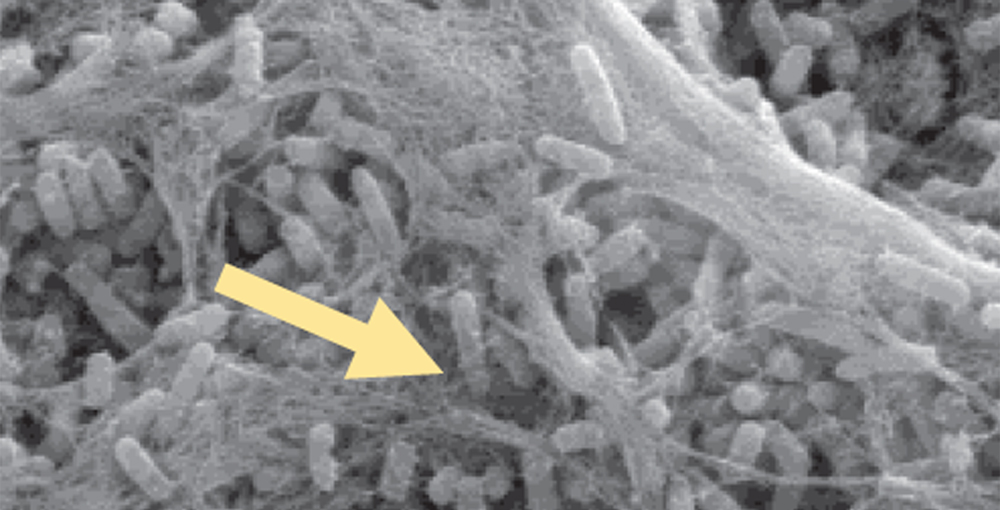
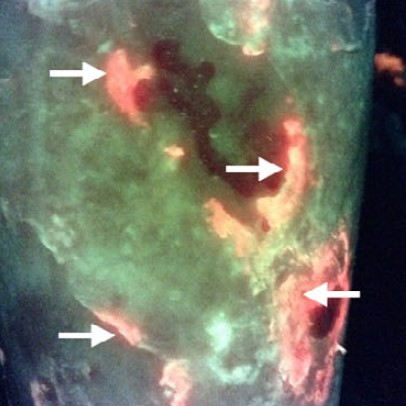
Efficient, accurate diagnosis of cellulitis critical to avoid costly complications
Unique pattern of red fluorescence extending beyond the wound was observed in all cases of wound-related cellulitis
Fluorescence imaging aided in the early diagnosis of wound-related cellulitis, resulting in the initiation of oral antibiotics without delay, avoiding progressive cellulitis
